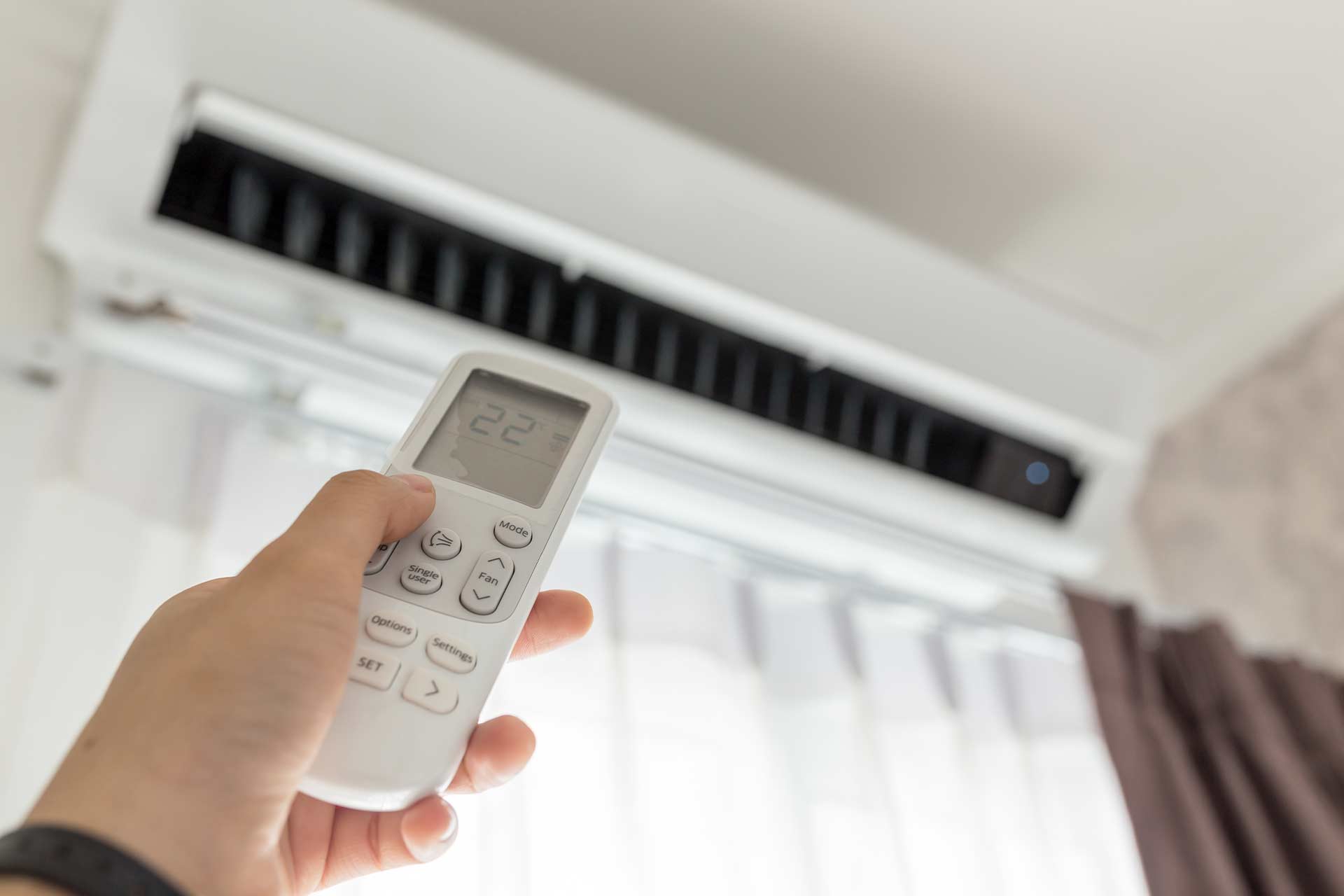

Articles
What Temp Should AC Blow
Modified: September 2, 2024
Want to know the ideal temperature for your AC unit? Read our informative articles and find out the best temp to set your AC for ultimate comfort.
(Many of the links in this article redirect to a specific reviewed product. Your purchase of these products through affiliate links helps to generate commission for Storables.com, at no extra cost. Learn more)
Introduction
When it comes to keeping your home cool and comfortable during the scorching summer months, your air conditioning system plays a crucial role. One of the key factors that determine your comfort level is the temperature at which your AC should blow. Setting the right temperature not only ensures your comfort but also helps optimize energy efficiency and cost savings.
However, determining the ideal temperature for your air conditioning system can be a bit tricky. It depends on various factors, including personal preferences, the climate in which you live, humidity levels, and even sleep quality. In this article, we will explore these factors and provide you with recommendations for AC temperature settings to help you make an informed decision.
Key Takeaways:
- Find the sweet spot between 72°F and 78°F for your AC temperature to balance comfort and energy efficiency. Consider personal preferences and seasonal adjustments for optimal results.
- Control humidity levels and promote quality sleep by customizing your AC temperature. Experiment with settings to create a comfortable and healthy indoor environment.
Read more: What Temp Should AC Be Set At
Factors to Consider for AC Temperature Settings
When deciding on the temperature at which your AC should blow, there are several factors to consider to ensure optimal comfort and energy efficiency:
- Climate: The climate in your region plays a significant role in determining the appropriate AC temperature setting. In hot and humid climates, you may need to set a lower temperature to counteract the high humidity and maintain a comfortable indoor environment.
- Insulation: The level of insulation in your home can impact how well your AC system maintains the desired temperature. Proper insulation helps keep the cool air inside, reducing the load on your AC and allowing you to set the temperature slightly higher without sacrificing comfort.
- Occupancy: The number of people occupying your home also influences the ideal temperature setting. If there are more people, body heat can contribute to an increase in the perceived temperature. In such cases, you might need to lower the temperature slightly to accommodate for the additional heat generated.
- Sunlight exposure: The amount of sunlight your home receives can impact the indoor temperature. If your home is exposed to direct sunlight for extended periods, you may need to set a lower temperature to counteract the heat gain caused by the sun’s rays.
- Humidity levels: High humidity levels can make the air feel warmer than it actually is, leading to discomfort. In humid climates, it may be necessary to set the temperature lower to remove excess moisture from the air and maintain a comfortable and dry environment.
By considering these factors, you can determine the appropriate AC temperature setting that suits your specific requirements and ensures a comfortable living space while optimizing energy efficiency.
Recommended AC Temperature Setting for Comfort
While individual preferences may vary, a recommended temperature range for optimal comfort and energy efficiency is between 72°F (22°C) and 78°F (25°C). Within this range, most people find a balance between staying cool and avoiding excessive energy consumption.
Setting the temperature at the higher end of the range, around 78°F, can still provide a comfortable indoor environment without putting too much strain on your AC system. It is a good starting point, especially if you are conscious of energy usage and want to keep your utility bills in check.
However, it’s important to note that everyone’s comfort level is different, and what feels comfortable for one person may not be the same for another. Factors such as age, health conditions, and personal preference can all influence the ideal temperature for each individual.
To find your ideal temperature within the recommended range, it can be helpful to gradually adjust the temperature and observe how it affects your comfort. Start at the higher end and lower it gradually until you reach a setting that keeps you cool and comfortable without overcooling the space.
Furthermore, consider using ceiling fans or portable fans in conjunction with your AC system. Fans can create a refreshing breeze that helps cool the skin and makes the room feel cooler, allowing you to set the AC temperature slightly higher while still enjoying the same level of comfort.
Remember, the goal is to find a temperature that keeps you comfortable without excessive energy consumption. Going too low on the temperature setting can result in increased energy usage, leading to higher utility bills and potentially putting unnecessary strain on your AC system.
By following these recommendations and finding the ideal temperature within the suggested range, you can strike a balance between comfort and energy efficiency.
Energy Efficiency and Cost Savings
Setting the right temperature for your air conditioning system not only impacts your comfort but also plays a significant role in energy efficiency and cost savings. Here’s how:
Optimal energy usage: Setting your AC temperature within the recommended range ensures that your cooling system operates efficiently without overworking. When you set the temperature too low, the AC needs to work harder and consume more energy to achieve and maintain that temperature. By keeping the temperature in the recommended range, you can optimize energy usage and reduce your carbon footprint.
Reduced energy bills: Maintaining the right temperature setting can also help you save money on your energy bills. According to the U.S. Department of Energy, raising the thermostat by just one degree Fahrenheit can result in up to 3% energy savings. By setting your AC temperature at a comfortable yet energy-efficient level, you can lower your energy consumption and enjoy significant cost savings over time.
Programmable thermostats: Investing in a programmable thermostat adds another layer of energy efficiency. These thermostats allow you to schedule temperature adjustments based on your daily routine. For example, you can set the temperature to be slightly higher when you’re away from home and lower it before you return, ensuring comfort without wasting energy. This feature helps optimize energy usage and reduces unnecessary cooling when you’re not around.
Smart home integration: Smart home technology offers even more advanced energy-saving capabilities. With the ability to control your AC temperature remotely through smartphone apps, you can adjust the temperature based on your needs. Some smart thermostats also learn your usage patterns and provide energy-saving recommendations, helping you make more informed decisions to reduce energy consumption and lower your utility costs.
By considering energy efficiency and making conscious choices regarding your AC temperature settings, you not only save on energy bills but also contribute to a greener environment by reducing your carbon footprint.
Seasonal Adjustments for AC Temperature
As the seasons change, it is important to make adjustments to your AC temperature settings to ensure optimal comfort and energy efficiency throughout the year. Here’s how you can make seasonal adjustments:
Summer: During the hot summer months, you may need to lower the AC temperature slightly to combat the high outdoor temperatures. Setting the temperature within the recommended range of 72°F (22°C) to 78°F (25°C) should provide a comfortable indoor environment. Additionally, you can use features such as “auto” or “fan” to circulate the air and maintain a consistent temperature throughout your home.
Spring and fall: In the milder seasons of spring and fall, you can take advantage of the pleasant outdoor temperatures by raising the thermostat setting to reduce energy consumption. Opening windows and utilizing natural ventilation can also help keep your home comfortable without relying heavily on your AC unit.
Winter: When the temperatures drop during winter, your air conditioning system may not be in use for cooling purposes. However, many modern AC systems also provide heating capabilities. If you are using your AC for heating, set the temperature to a comfortable level for warmth. Additionally, consider using a programmable thermostat to lower the temperature when you’re away from home or asleep, helping you save energy and reduce heating costs.
Making these seasonal adjustments not only ensures your comfort but also allows you to optimize energy usage and reduce utility bills throughout the year. By aligning your AC temperature settings with the changing seasons, you can create a comfortable living environment while being mindful of energy efficiency.
Set your AC to blow air at a temperature between 72-78°F for optimal comfort and energy efficiency. Lower temperatures can increase energy usage.
Read more: What Temp Should Samsung Freezer Be
Personal Preferences and Individual Comfort Levels
While there are general recommendations for AC temperature settings, it is important to consider personal preferences and individual comfort levels. Each person has their own unique comfort zone, and what feels comfortable for one individual may be too warm or too cool for another. Here are some factors to consider when it comes to personal preferences:
Temperature sensitivity: Some individuals are more sensitive to temperature variations than others. Factors such as age, health conditions, and metabolism can contribute to differences in temperature sensitivity. It is crucial to listen to your body and set the AC temperature at a level that keeps you comfortable without causing any discomfort.
Sleep preferences: Sleep quality is highly influenced by the ambient temperature. Some people prefer a slightly cooler environment while sleeping, as it can promote better sleep by keeping the body cool and reducing night sweats. If you find that you sleep better with cooler temperatures, consider lowering the AC temperature setting before bedtime.
Clothing choices: The clothing you wear can affect your comfort level indoors. If you tend to dress lightly or prefer cooler clothing, you may be comfortable with a slightly higher AC temperature setting. On the other hand, if you prefer to wear warmer clothing or have a more formal dress code, you may need to set the temperature lower for optimal comfort.
Adaptation time: When making changes to the AC temperature setting, it is important to allow yourself time to adapt. If you are used to a specific temperature, suddenly increasing or decreasing it can feel uncomfortable initially. Give yourself a few days to adjust to the new temperature setting before considering further adjustments.
Ultimately, personal preferences and individual comfort levels should be the guiding factors when determining your AC temperature setting. Experiment with different temperature ranges within the recommended guidelines and pay attention to how your body responds. It’s important to find the temperature setting that works best for you and allows you to feel comfortable and at ease in your home environment.
Sleep Quality and AC Temperature
When it comes to getting a good night’s sleep, the temperature of your bedroom plays a significant role. Proper AC temperature settings can help create an optimal sleep environment by keeping you cool and comfortable throughout the night. Here’s how AC temperature affects sleep quality:
Regulating body temperature: Our body temperature naturally drops as we prepare for sleep, and a cooler environment can aid in this process. Setting the AC temperature too high can disrupt this natural temperature decrease and make it more challenging to fall asleep. On the other hand, lowering the AC temperature slightly can help cool the room and promote better sleep by inducing a sense of calm and relaxation.
Reducing night sweats: Excessive heat during the night can lead to night sweats, which can be disruptive to sleep. Cooling down the bedroom by setting the AC temperature at a comfortable level can alleviate night sweats and prevent discomfort during the night, allowing for a more restful sleep.
Avoiding sleep disruptions: High temperatures can cause discomfort and lead to sleep disruptions, such as tossing and turning or waking up frequently during the night. By keeping the bedroom cool with the help of your AC system, you can create an environment that promotes uninterrupted sleep and enhances sleep quality.
Humidity control: AC systems not only cool the air but also help control humidity levels. Excessive humidity in the bedroom can make the air feel heavy and uncomfortable, making it more difficult to fall asleep. By setting the AC temperature appropriately, you can also ensure that the humidity in your bedroom is kept at a comfortable level, aiding in a more restful sleep.
It’s important to note that individual preferences for sleeping temperature can vary. Some people may find a slightly cooler environment more conducive to sleep, while others may prefer a slightly warmer setting. Experiment with different AC temperature settings to find what works best for you and promotes optimal sleep quality.
Consider using features such as a programmable thermostat to lower the AC temperature before bedtime, ensuring that the room is cool and comfortable when you’re ready to sleep. Additionally, using breathable bedding materials and sleepwear can help regulate body temperature and enhance your comfort during the night.
By paying attention to the AC temperature in your bedroom and customizing it to your sleep preferences, you can create a sleep-friendly environment that promotes restful and rejuvenating sleep.
Humidity Control and AC Temperature
Humidity levels can greatly impact the comfort of your indoor environment. Excessive humidity can make the air feel heavy and uncomfortable, while low humidity can lead to dryness and respiratory issues. Your AC system plays a crucial role in controlling humidity levels and maintaining a balanced atmosphere. Here’s how AC temperature and humidity control are interconnected:
Condensation and moisture removal: One of the primary functions of an air conditioning system is to cool the air by removing heat and moisture. As warm air passes through the AC unit, the moisture in the air condenses on the cooling coils and is drained away. Lowering the temperature of your AC system helps with the efficient removal of excess moisture, thus controlling humidity levels in your home.
Dehumidification process: Many modern AC units have built-in dehumidification capabilities. When the AC is running, it not only cools the air but also dehumidifies it. As the air passes over the cooling coils, the moisture in the air condenses, and the dehumidified air is then circulated back into your living space. By setting the AC temperature appropriately, you can activate this dehumidification mode and effectively control indoor humidity.
Humidity-related concerns: High humidity levels can promote the growth of mold, mildew, and other allergens, which can negatively impact indoor air quality and lead to respiratory issues. On the other hand, low humidity levels can cause dry skin, irritated eyes, and respiratory discomfort. By maintaining the right AC temperature and humidity levels, you can mitigate these concerns and ensure a comfortable and healthy indoor environment.
Recommended humidity levels: The ideal indoor humidity range is typically between 30% and 50%. This range provides a comfortable and healthy atmosphere while preventing excessive moisture or dryness. Higher humidity levels can make the air feel sticky and uncomfortable, while lower humidity levels can cause dryness and irritation. By setting your AC temperature and utilizing its dehumidification capabilities, you can maintain optimal humidity levels within this recommended range.
It is important to note that different climates and regions may have varying humidity levels, and seasonal variations can also affect indoor humidity. Monitoring humidity levels with the help of a hygrometer and adjusting the AC temperature accordingly can ensure optimal comfort and humidity control throughout the year.
By maintaining the right AC temperature and utilizing the dehumidification features of your air conditioning system, you can effectively control indoor humidity levels and create a comfortable, healthy, and balanced living environment.
Conclusion
Setting the right temperature for your air conditioning system is crucial for maintaining a comfortable living space, optimizing energy efficiency, and promoting overall well-being. By considering various factors such as climate, insulation, occupancy, sunlight exposure, and humidity levels, you can determine the appropriate AC temperature setting for your home.
The recommended temperature range for comfort and energy efficiency typically falls between 72°F (22°C) and 78°F (25°C). However, personal preferences and individual comfort levels should also be taken into account. Factors such as temperature sensitivity, sleep preferences, clothing choices, and adaptation time can vary from person to person, influencing the ideal temperature setting for each individual.
Adjusting the AC temperature seasonally is also important. Lowering the temperature during the summer and raising it in milder seasons can ensure optimal comfort while minimizing energy consumption. Using programmable thermostats and integrating smart home technology can further enhance energy efficiency and cost savings.
Proper AC temperature settings are particularly important for quality sleep. Keeping the bedroom cool and regulating body temperature can promote better sleep, reduce night sweats, and minimize sleep disruptions. Additionally, controlling humidity levels through the AC system contributes to a comfortable indoor environment and prevents issues such as mold growth and respiratory discomfort.
In conclusion, finding the right AC temperature setting involves a balance between comfort, energy efficiency, and individual preferences. By considering the various factors discussed and making adjustments accordingly, you can create a pleasant and efficient living space that suits your needs and promotes overall well-being.
Frequently Asked Questions about What Temp Should AC Blow
Was this page helpful?
At Storables.com, we guarantee accurate and reliable information. Our content, validated by Expert Board Contributors, is crafted following stringent Editorial Policies. We're committed to providing you with well-researched, expert-backed insights for all your informational needs.

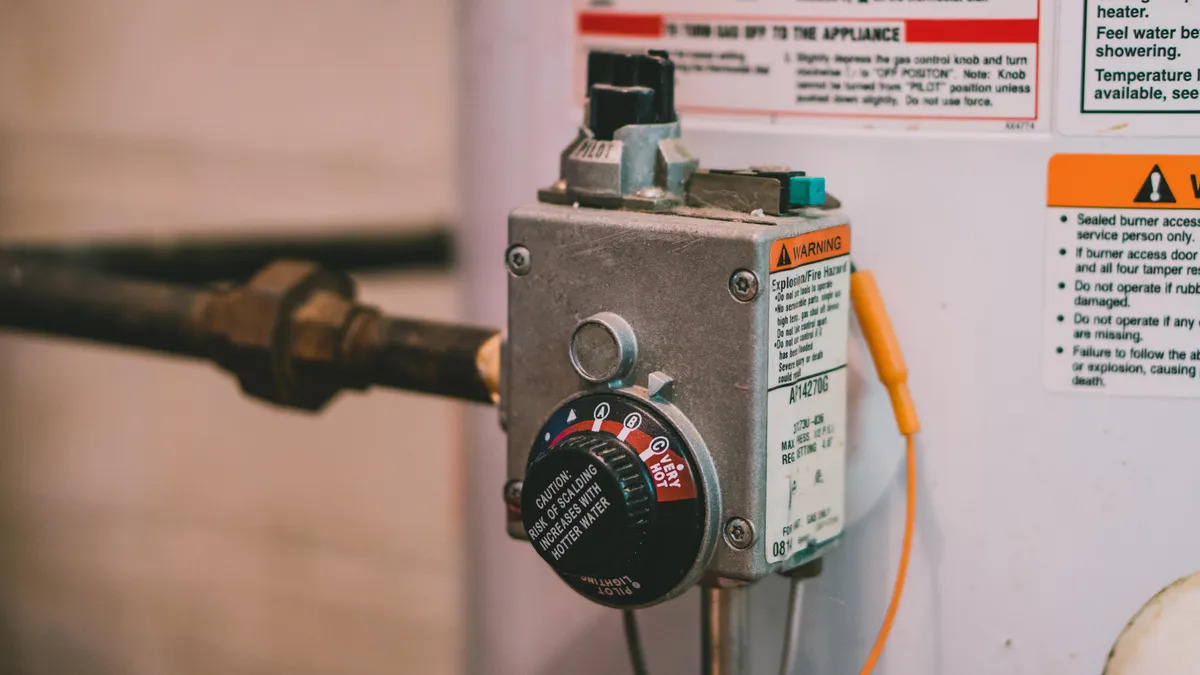
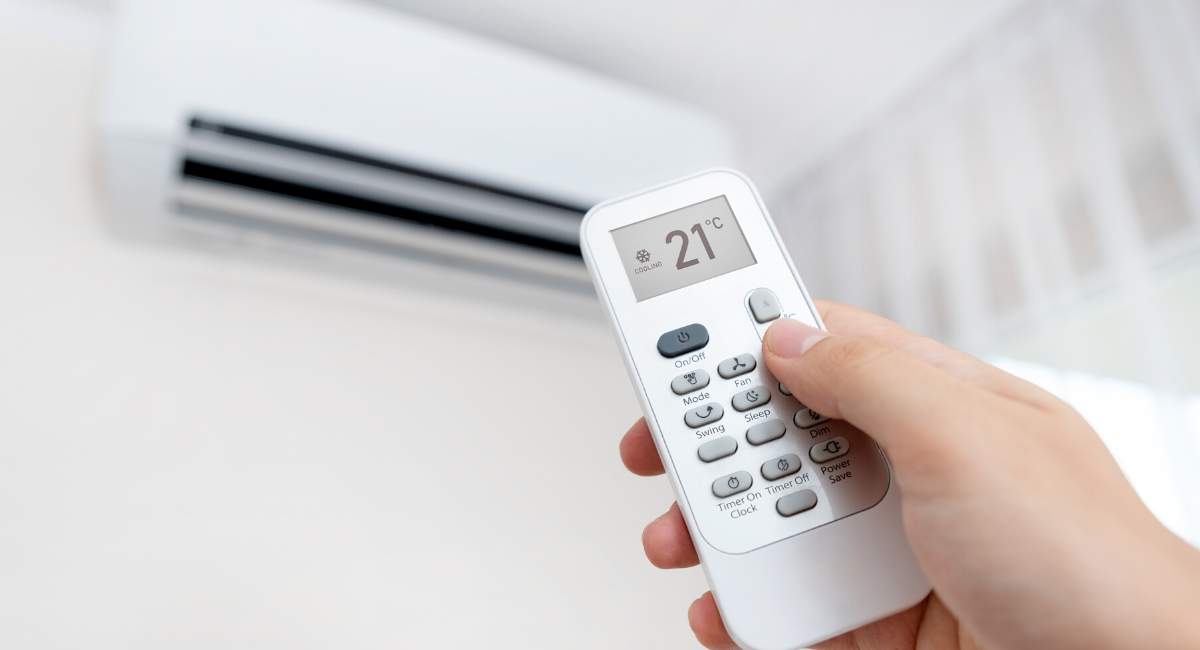
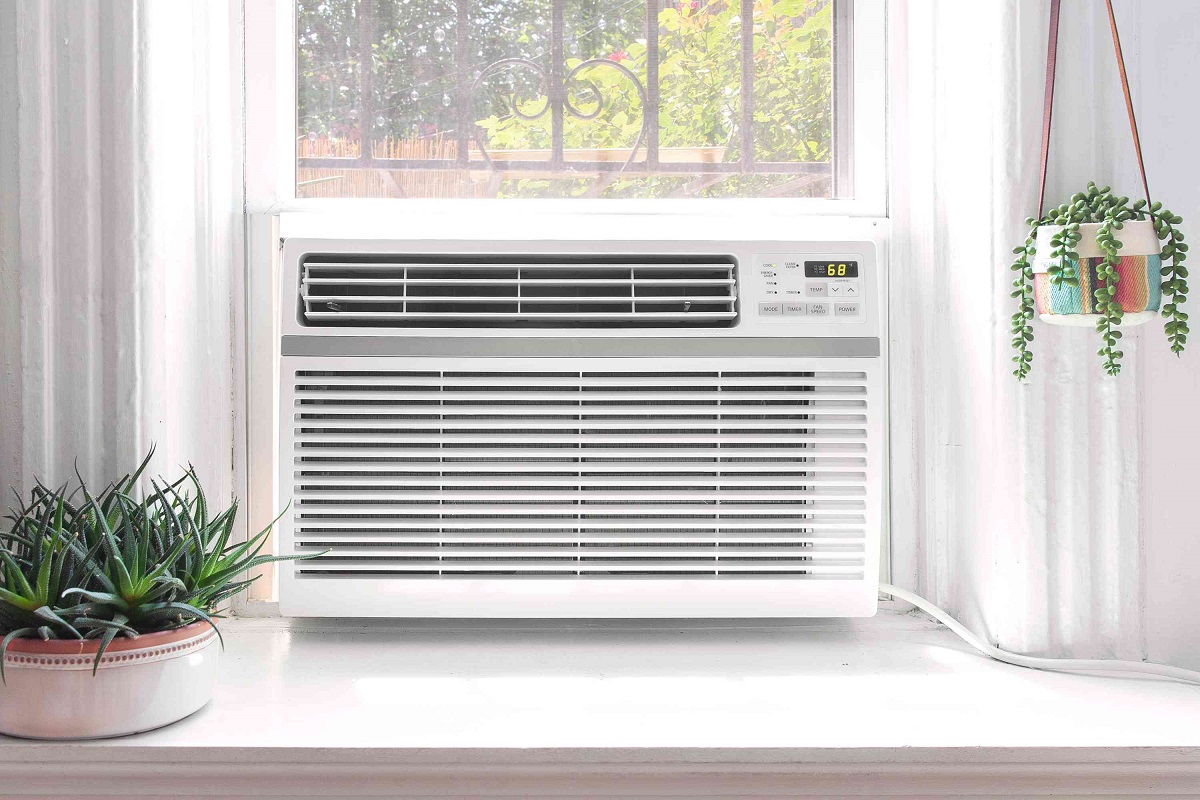
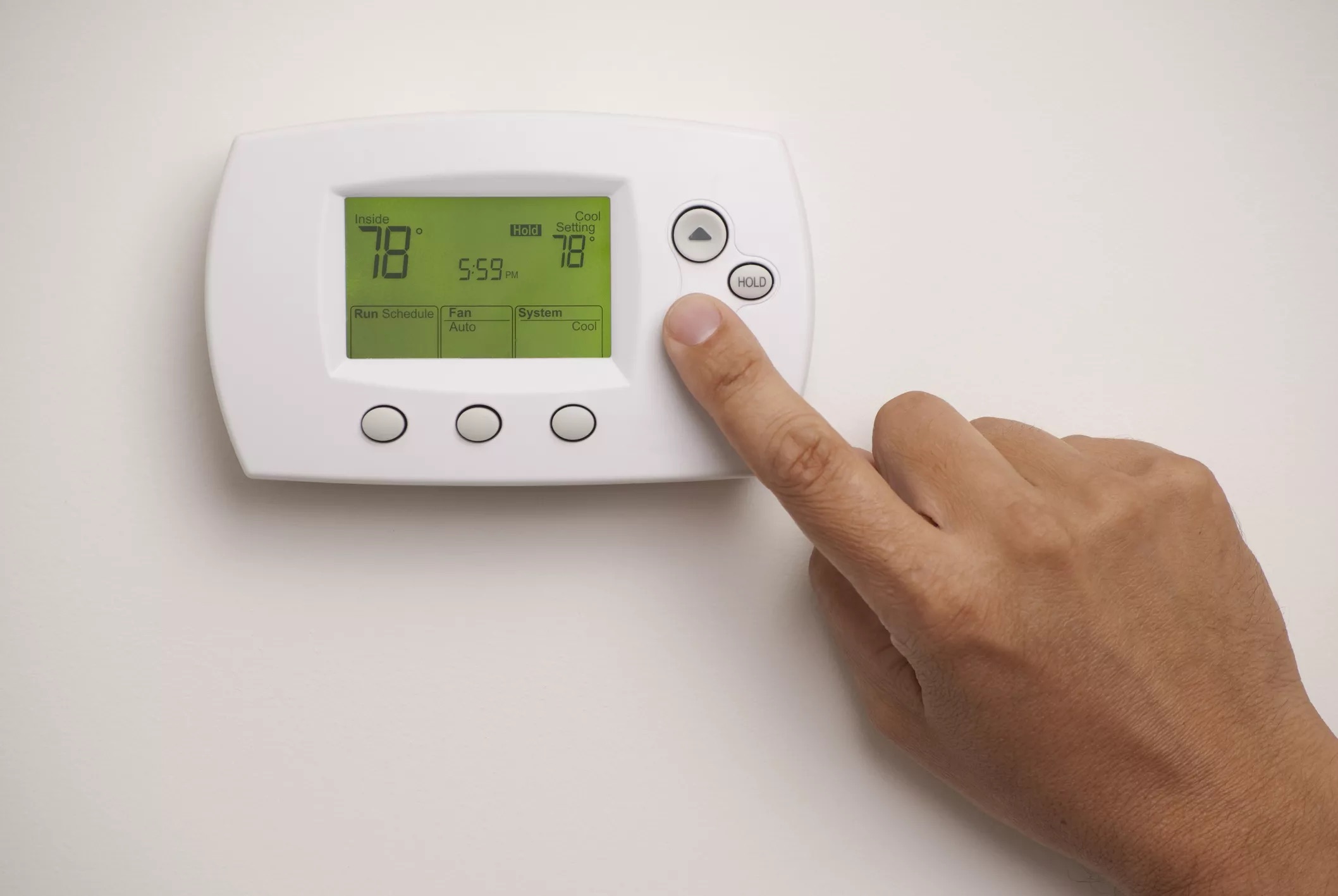
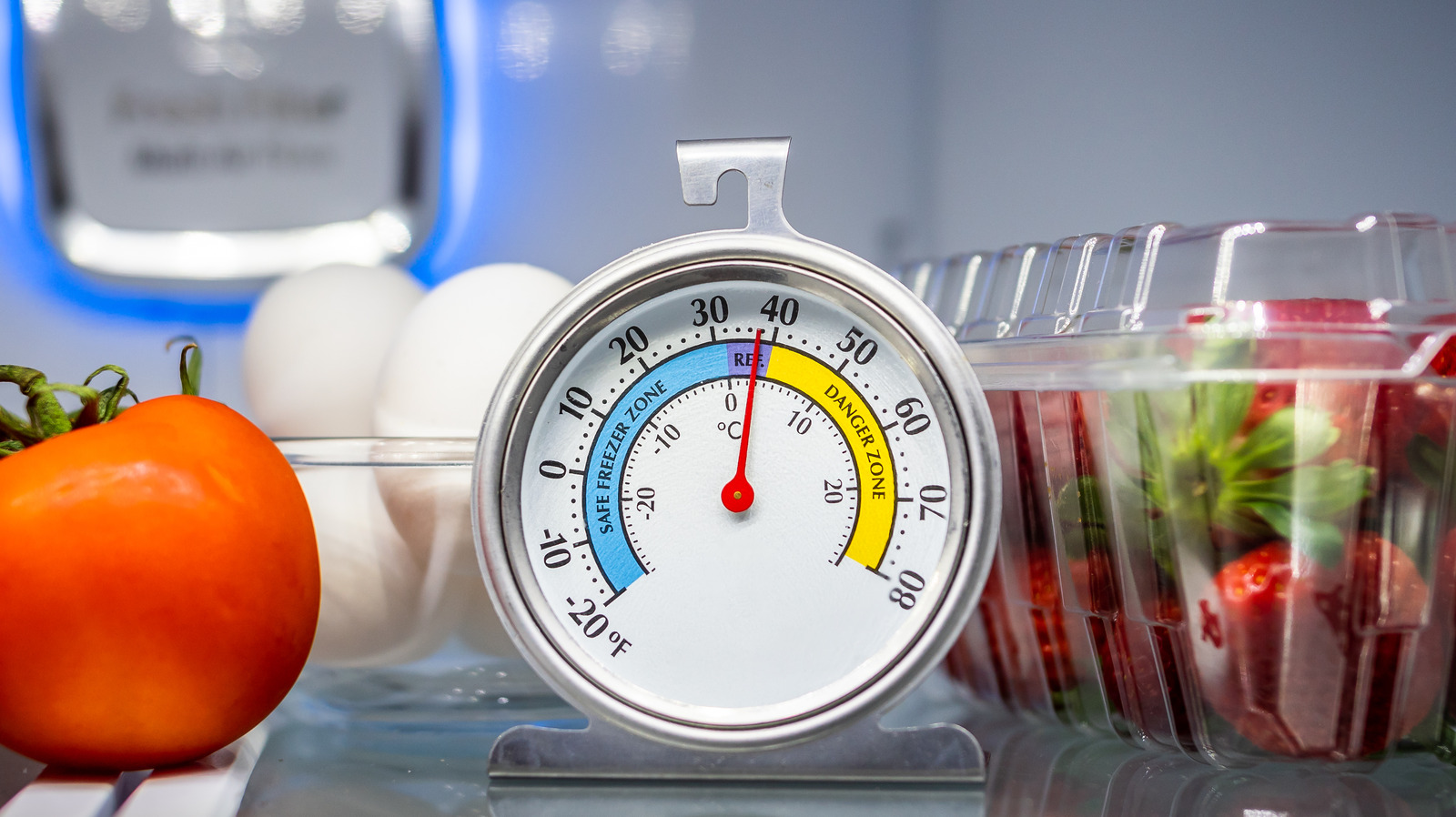


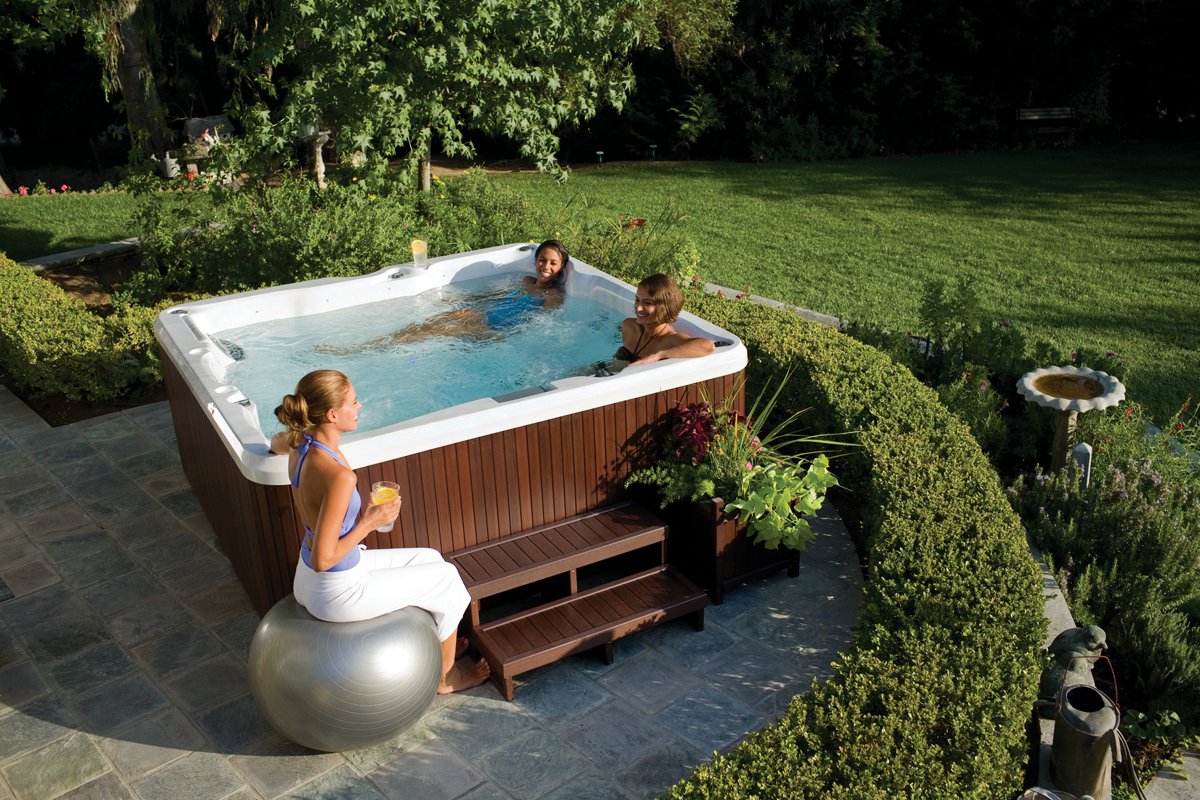


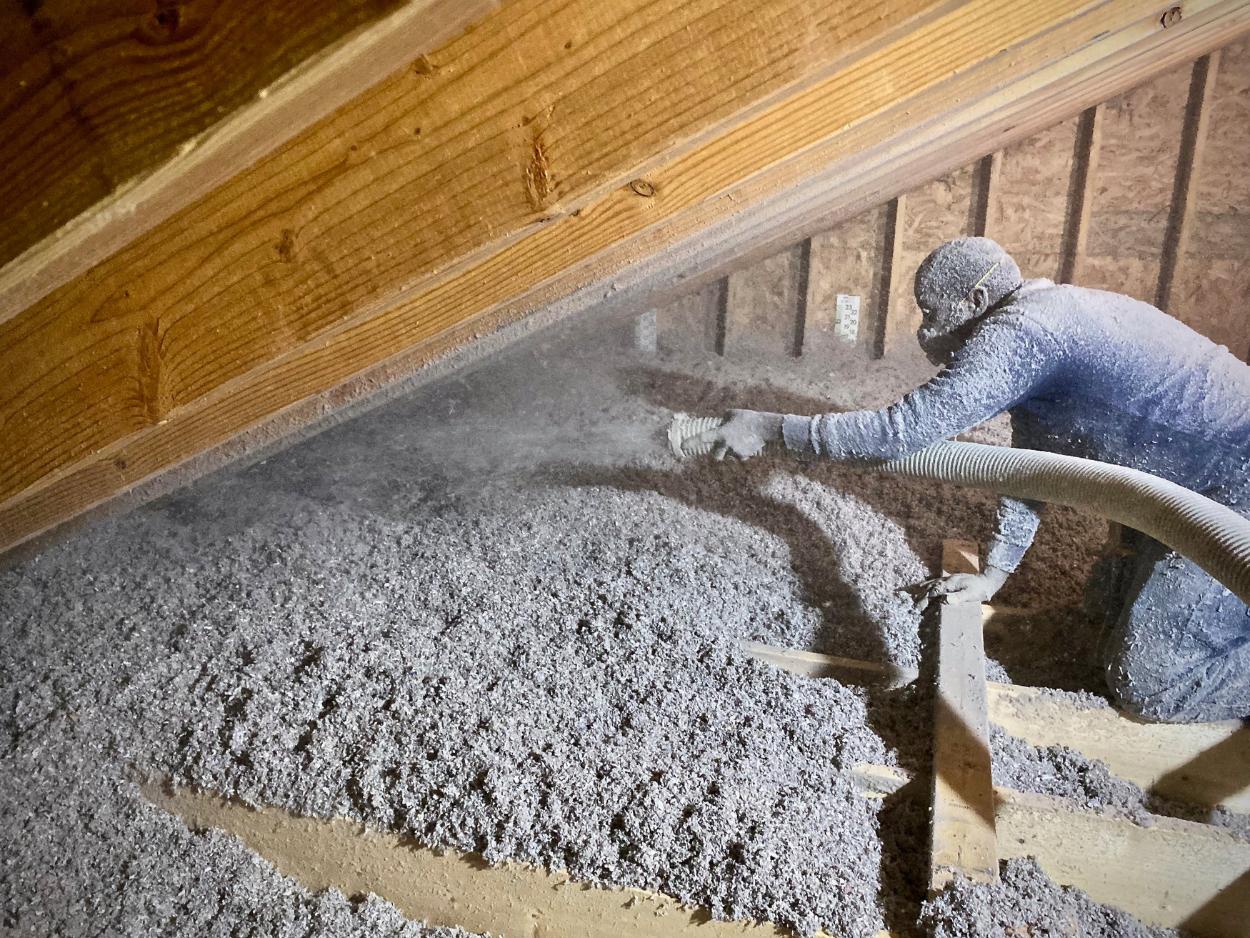



0 thoughts on “What Temp Should AC Blow”